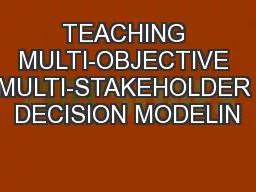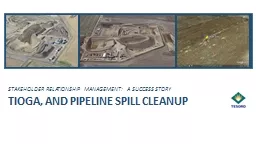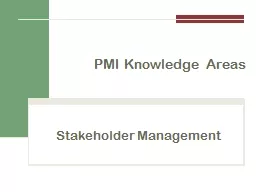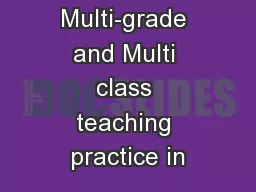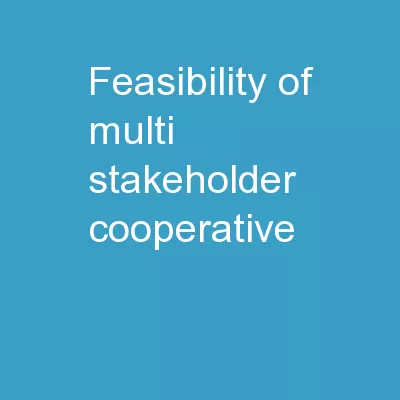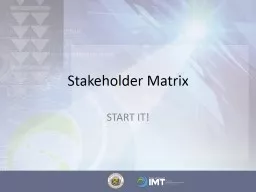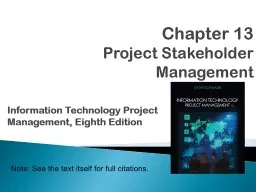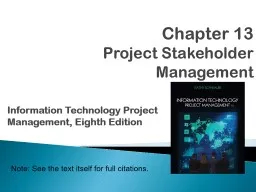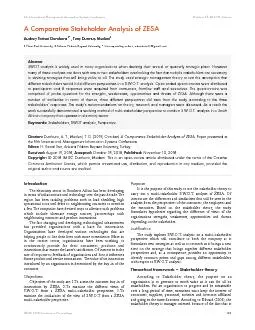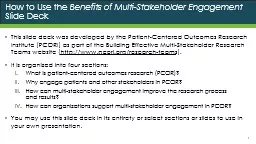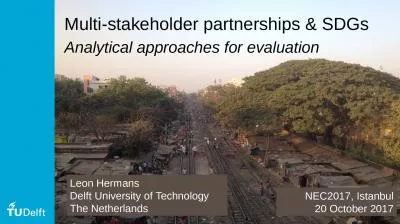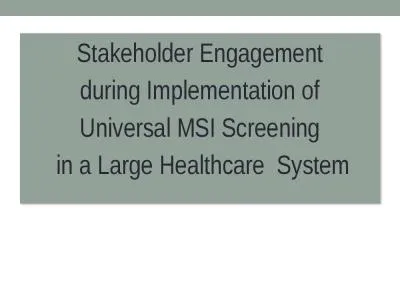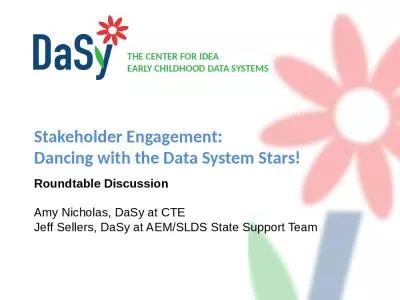PPT-TEACHING MULTI-OBJECTIVE MULTI-STAKEHOLDER DECISION MODELIN
Author : trish-goza | Published Date : 2017-05-07
L Robin Keller Jay Simon University of California Irvine USA President INFORMS INFORMSorg Defense Resources Management Institute USA 11TH International
Presentation Embed Code
Download Presentation
Download Presentation The PPT/PDF document "TEACHING MULTI-OBJECTIVE MULTI-STAKEHOLD..." is the property of its rightful owner. Permission is granted to download and print the materials on this website for personal, non-commercial use only, and to display it on your personal computer provided you do not modify the materials and that you retain all copyright notices contained in the materials. By downloading content from our website, you accept the terms of this agreement.
TEACHING MULTI-OBJECTIVE MULTI-STAKEHOLDER DECISION MODELIN: Transcript
Download Rules Of Document
"TEACHING MULTI-OBJECTIVE MULTI-STAKEHOLDER DECISION MODELIN"The content belongs to its owner. You may download and print it for personal use, without modification, and keep all copyright notices. By downloading, you agree to these terms.
Related Documents

